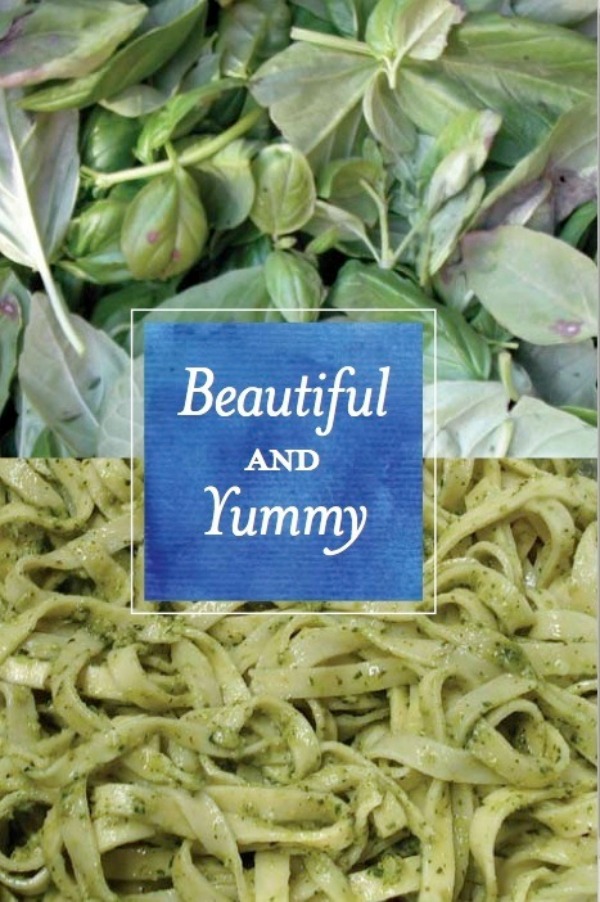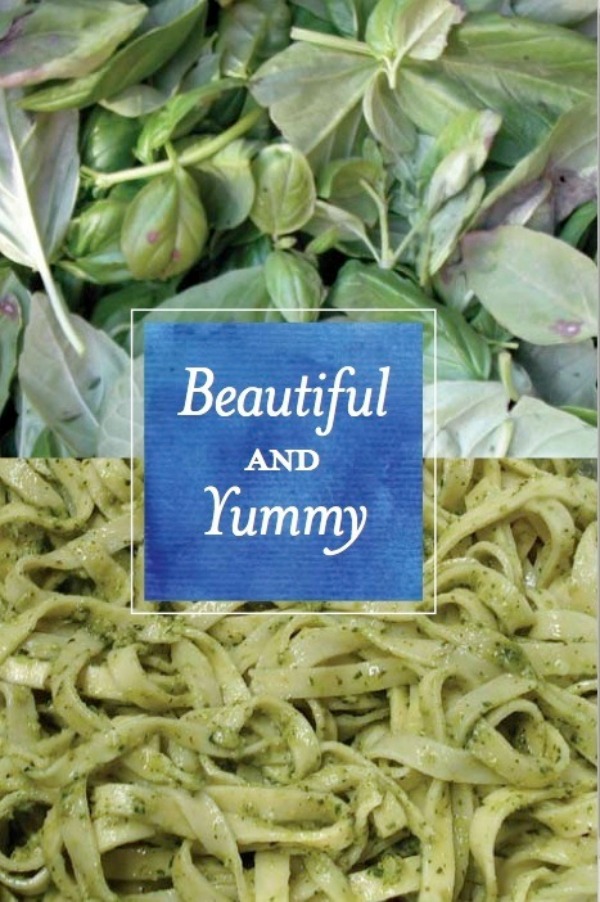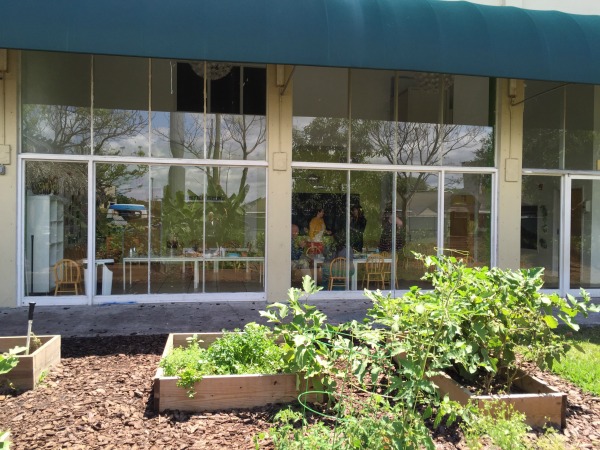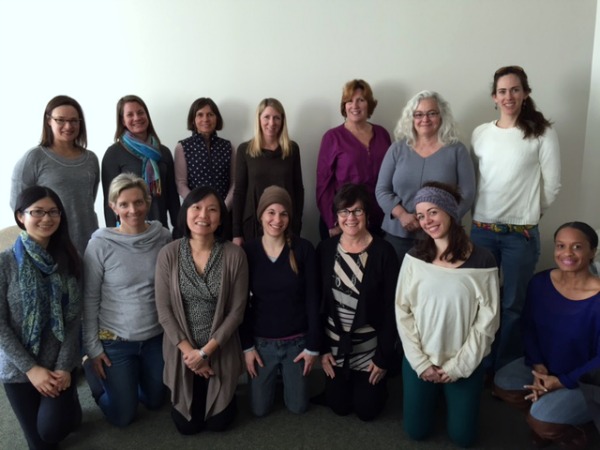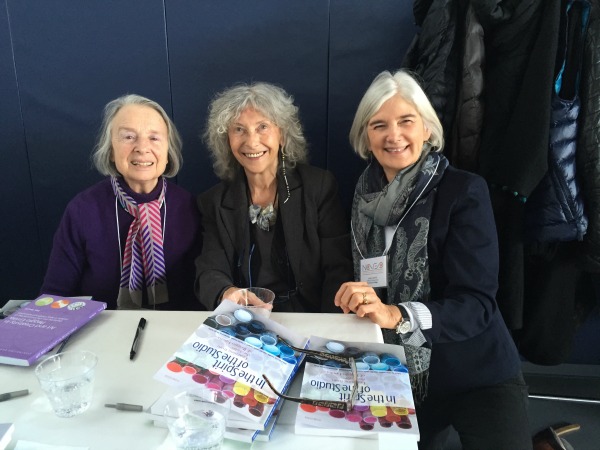Last June, I posted a blog featuring a school that we work with, Bilingual School 33 in Buffalo, New York entitled, What Are You Most Proud Of? by Kelley Boyd. Kelley talks about the transformation in her thinking and in her practice that occurred over the year. Ashley and I just returned from 2 days in Buffalo after the second year of work focused on Reggio-Inspired practice and Project-Based-Learning at School 33. Bilingual School 33 is a pre-k-8th grade public school that has been designated a Turnaround School. Creating the context for innovative, meaningful, relevant work and practice has been the major foundation of their turn around plan. This June, a year later, Ashley and I were impressed and thrilled to witness the culmination of the work that the teachers and students have done this year. Many of them had composed their work and their projects to share with one another during the two last days of school. We heard about a grant-funded, school-wide garden project where fifth graders designed and built raised beds in which each grade in the rest of the school planted what they chose. We witnessed teachers across the grades collaborating and planning cross grade projects where older students would work with the younger students. We heard the pre-k through second grade teachers describe their work with Story Workshop inspired by a visit to Opal School in Portland, Oregon and a conference at Lesley University. They shared with us how hard it had been to begin this work that was so different than their pencil-paper-worksheet based literacy programs; and now, 5 months later, how rewarding it was to witness students writing and illustrating and reading their own stories for their own books.
We heard about a program for the middle school that was created and initiated by a collaborative team of teachers and the school counselor where small groups of students met with an advisor weekly during lunch time to share, learn, laugh, developing close and authentic relationships, and then working together on service projects. These SQUADS (Sharing Questions, Uncovering Answers, Discovering Strengths), have transformed the relationships among the students and the teachers who now know, respect, and enjoy each other on a completely new level.
We learned about a collaborative project focused on American veterans that involved 8th graders interviewing a group of veterans young and old, women and men, black, white and Hispanic. The students wrote essays honoring the veterans based on the interviews they conducted, drew the veterans' portraits, hosted veterans at a school lunch, and joined them in a school-wide parade. As mutual respect and knowledge grew, the 8th graders changed their perspectives and grew in understanding. Neither the 8th graders nor the group of veterans will ever forget this shared experience. The vets and the 8th graders became friends.
Ashley and I could hardly believe how different these stories were than the ones we heard when we arrived at the school two years ago. We were struck by how proud the teachers and the students are. We were reminded, once again, just how much people can change and grow given support, resources, examples, time and validation.
Kudos! Thank you! and Congratulations! to all the teachers at Bilingual School 33 in Buffalo! You are an example and inspiration to us all.





